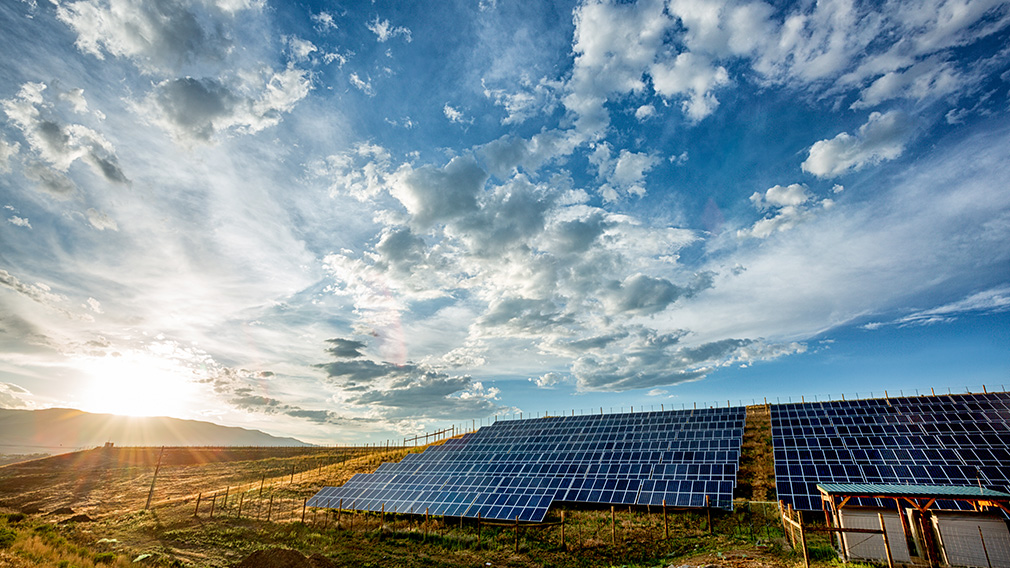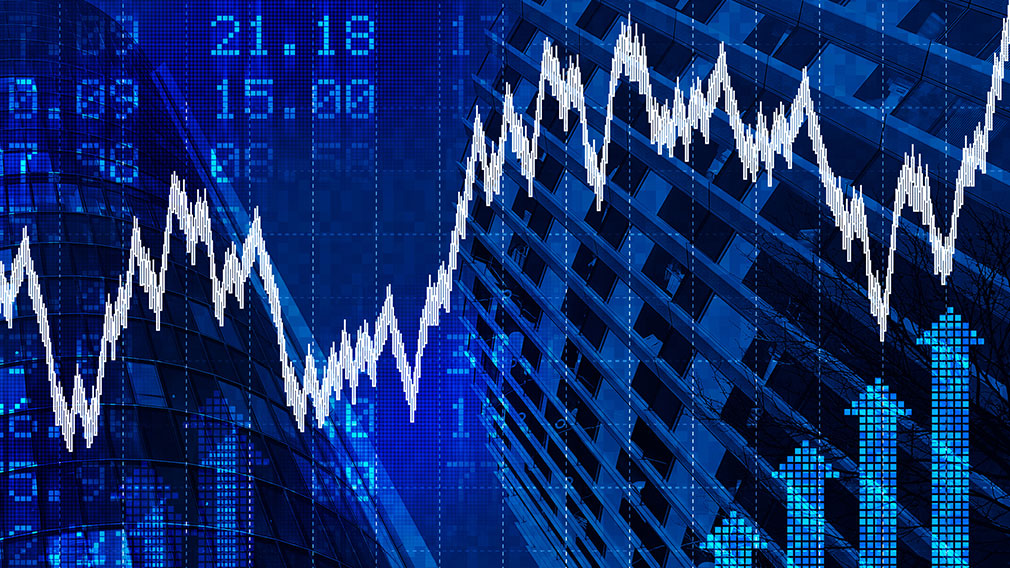Big investors eye clean energy investments

Westpac Institutional Bank chief Anthony Miller on investment opportunities in the clean energy transition. (Getty)
For Australia, a cleaner energy future as we head towards 2050 is imperative.
It presents an enormous opportunity on multiple levels, but the challenge is ensuring we have the right structures in place to support it.
What will underpin Australia’s efforts is an effective transition to the reliable generation and distribution of that energy.
To get there, our current generation and distribution networks need to have the capability to handle the energy transition. This means reviewing, recalibrating and investing in our energy infrastructure, especially as a higher proportion of our energy is being generated by renewable sources.
We need to ensure energy providers are able to distribute energy from where renewable energy is sourced, as well as guaranteeing reliability of supply, whether that be new battery storage technology or through the use of other traditional baseload resources.
Keen eyes are currently on Europe and, in particular, the UK, where a raft of challenges have included shortages and inconsistency in energy supply.
This highlights the importance of a co-ordinated, long-term approach to energy policy and planning. It is important to strike the right mix of affordable, flexible, dispatchable generation, coupled with a fit-for-purpose grid, especially as the economy emerges from COVID-19 and demand increases from new consumption areas like manufacturing and electric vehicles.
At Westpac Institutional Bank, we are playing a strong role in financing Australia’s energy future. We’re working closely with all energy market participants on the energy switch, while also strongly focusing on providing the capital needed to maintain and upgrade the nation’s grid.
Australia’s grid needs significant investment to upgrade its capability if it’s going to meet the challenge of delivering energy from where renewables are sourced to market.
This doesn’t mean developing a whole new network, but it does mean increasing grid capacity, so we can ensure it is fit-for-purpose and we’re able to seamlessly provide a broad range of consumers with their energy needs.
In recent discussions for our upcoming AFR report for Westpac, it was reassuring to learn that senior executives from some of Australia’s leading energy companies as well as the Chairman of the Energy Security Board (ESB), Kerry Schott, agree Australia is heading in the right direction and that change is happening very quickly. Although, as Schott says, not surprisingly there have been “a few hiccups” along the way.
However, Australian Energy Market Operator’s (AEMO) Integrated System Plan (ISP) has already laid out a comprehensive road map for the future.
The government’s technology road map also plays an important role in driving the future of energy production in Australia.
By setting priority technology categories and goals, the road map helps drive private and public investment toward outcomes that leverage Australia’s comparative advantages.
No doubt getting the grid right is a fairly sizable investment and the return from grid-like investments globally is historically very long-dated, yet Australia provides investors with a very attractive investment opportunity in a safe and sustainable jurisdiction.
These attributes, including a long-dated return profile, make grid investment an appealing proposition for local superannuation funds and international pension funds. Over the past few years, we’ve seen these types of funds invest in the upgrade or privatisation of grids internationally and in Australia.
A case in point is Westpac client, the largest diversified energy network business in Victoria, AusNet Services, who were able to raise funding for capital expenditure through the European capital market with a very long-dated hybrid capital instrument.
What makes the deal attractive for AusNet is the 60-year hybrid security is designed and structured as a debt-like instrument but it’s 50 per cent weighted as equity by rating agencies. Furthermore, the raising attracted a lot of foreign capital highlighting global investor interest in long-dated Australian investment opportunities.
The deal makes it very clear that investor pools of foreign capital are now very focused on opportunities that assist businesses in the energy transition. Ninety per cent of Australia’s new generation investment over the past decade has been in renewables.
With its abundance of natural attributes for renewable energy, Australia is well-placed in terms of the energy transition.
As we engage further on what the future of Australia’s grid looks like, we are paying close attention to the government’s policy settings and investments.
What we’re hanging on now is an integrated suite of solutions involving better distribution and higher capacity storage and the economic rewards will be enormous.
We just have to get after it as quickly as we can.
FIrst published in Australian Financial Review.




